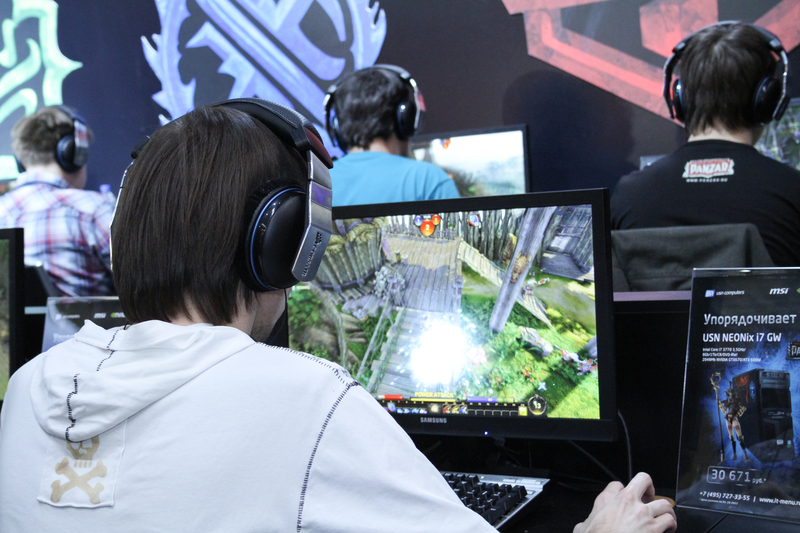#million #dollars #hit
In the newly published UK Ministry of Defense’s so-called laser weapon (eng. laser directed-energy weaponLDEW) video of a test of the DragonFire system shows what the ministry said was a successful demonstration of the laser against an aerial target in January.
“This could fundamentally change air defense,” the video says, as a bright laser beam cuts through the night sky and creates a ball of light when it hits a target.
Cheap alternative
The UK Ministry of Defense says DragonFire can accurately hit a target as small as a coin at “long ranges”, but did not provide specifics. The exact range of the weapon is classified, she said.
The laser beam can cut through metal, the UK Ministry of Defense said in a statement.
In addition, it is also said to destroy targets at a fraction of the cost of current air defense missiles.
The Defense Ministry said the cost of a 10-second laser shot is about $13. Meanwhile, the Standard Missile-2, a standard missile used for air defense by the United States Navy, costs more than $2 million per shot. dollars.
“It could be a long-term, low-cost alternative to certain missions currently performed by rockets,” it said in January. in a statement issued by the Ministry of Defense of the United Kingdom.
The cost of air defense missiles has become a hot topic in the defense sector in recent years, as the low-cost drones have proven effective on battlefields in Ukraine and in attacks by Houthi rebels against commercial and military ships in the Red Sea and Gulf of Aden.
Analysts have questioned how long the US, UK and their partners can continue to use multimillion-dollar missiles against Houthi drones, which in some cases can be purchased for well under $100,000.
“This type of cutting-edge weaponry could revolutionize the battlespace by reducing reliance on expensive munitions,” Jan. UK Defense Secretary Grant Shapp said after the DragonFire test.
Usage issues
However, lasers like the DragonFire are still untested on the battlefield and will have limitations.
Writing for The Conversation last month, Iain Boyd, director of the Center for National Security Initiatives at the University of Colorado in the US, listed several problems with lasers. According to him, rain, fog and smoke scatter the rays of light and reduce their effectiveness; laser weapons generate a lot of heat, so they need large cooling systems; mobile lasers mounted on ships or aircraft will need to be charged with batteries. In addition, according to I. Boyd, the lasers must be aimed at moving targets for up to 10 seconds to burn holes in them.
But UK defense chiefs say there is a new need to introduce lasers to the modern battlefield and it must be done as soon as possible.
“In a world of evolving threats, we know we need to focus on getting capabilities to the warfighter, so we will be looking to accelerate the next phase of operations,” Shimon Fhima, director of strategic programs at the UK Ministry of Defence, said in a statement.
Adapted from CNN.







:quality(70):focal(3214x1232:3224x1242)/cloudfront-eu-central-1.images.arcpublishing.com/liberation/SZHNGXSVDFFTLAOM5SHI3OXWSQ.jpg)


